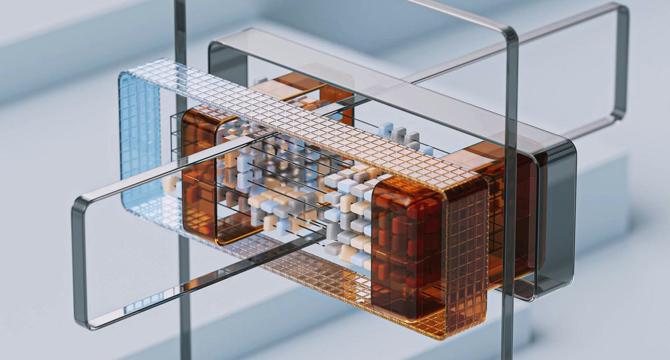Medium
1M
332

Image Credit: Medium
Building the Muon Optimizer in PyTorch: A Geometric Approach to Neural Network Optimization
- The Muon optimizer in PyTorch offers a new approach to neural network optimization, focusing on a geometric perspective.
- Muon stands out by considering how weight matrices impact a network's behavior, setting speed records for NanoGPT and CIFAR-10.
- It measures vectors and matrices using RMS norms, controlling the influence of weights for stable training.
- Muon optimizes weight updates by standardizing all singular values to 1 through a polynomial approximation method.
- The update rule of Muon subtracts a scaled, orthogonalized version of the gradient for consistent behavior across layers.
- Implementation of Muon in PyTorch involves defining the optimizer class and enhancing features for practical usage.
- Muon's geometric perspective offers advantages like automatic learning rate transfer and principled parameter updates.
- It transforms neural networks into well-understood mathematical systems and simplifies hyperparameter tuning across different architectures.
- Muon's success suggests a future trend towards geometric optimization methods in the field of deep learning.
- Implementing Muon in PyTorch makes it accessible to the deep learning community, encouraging experimentation and contributions.
Read Full Article
20 Likes
For uninterrupted reading, download the app